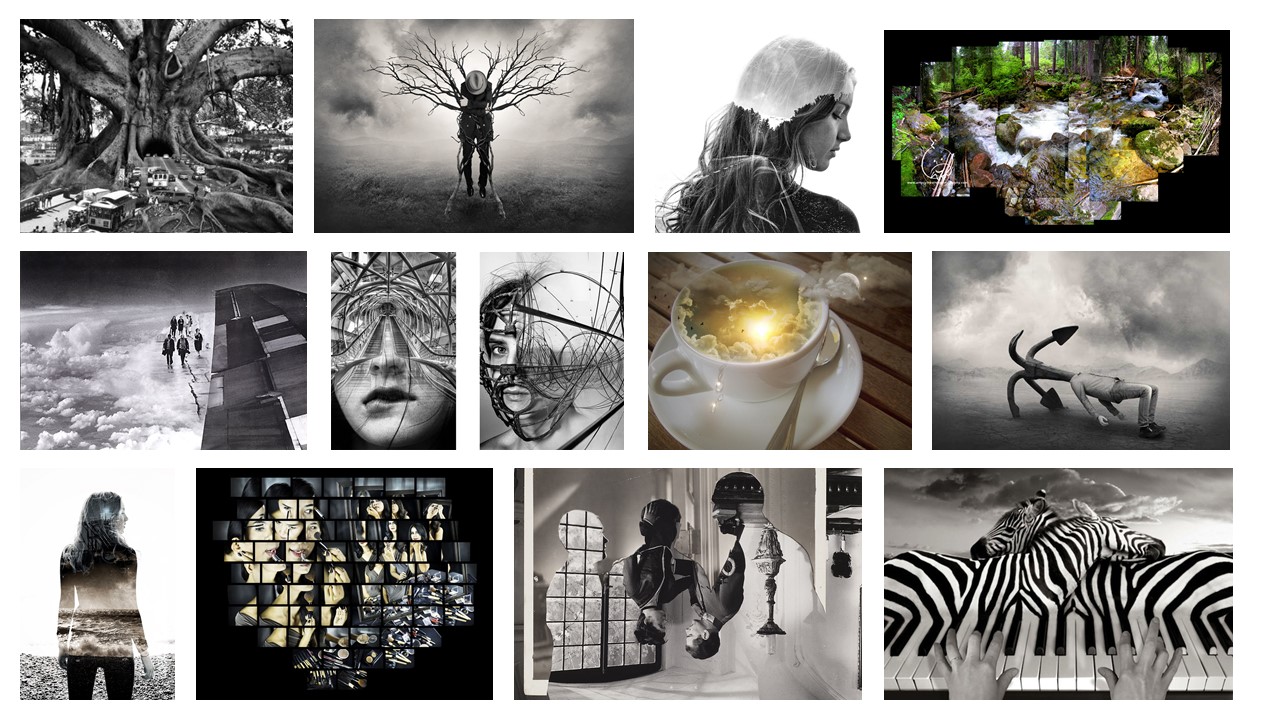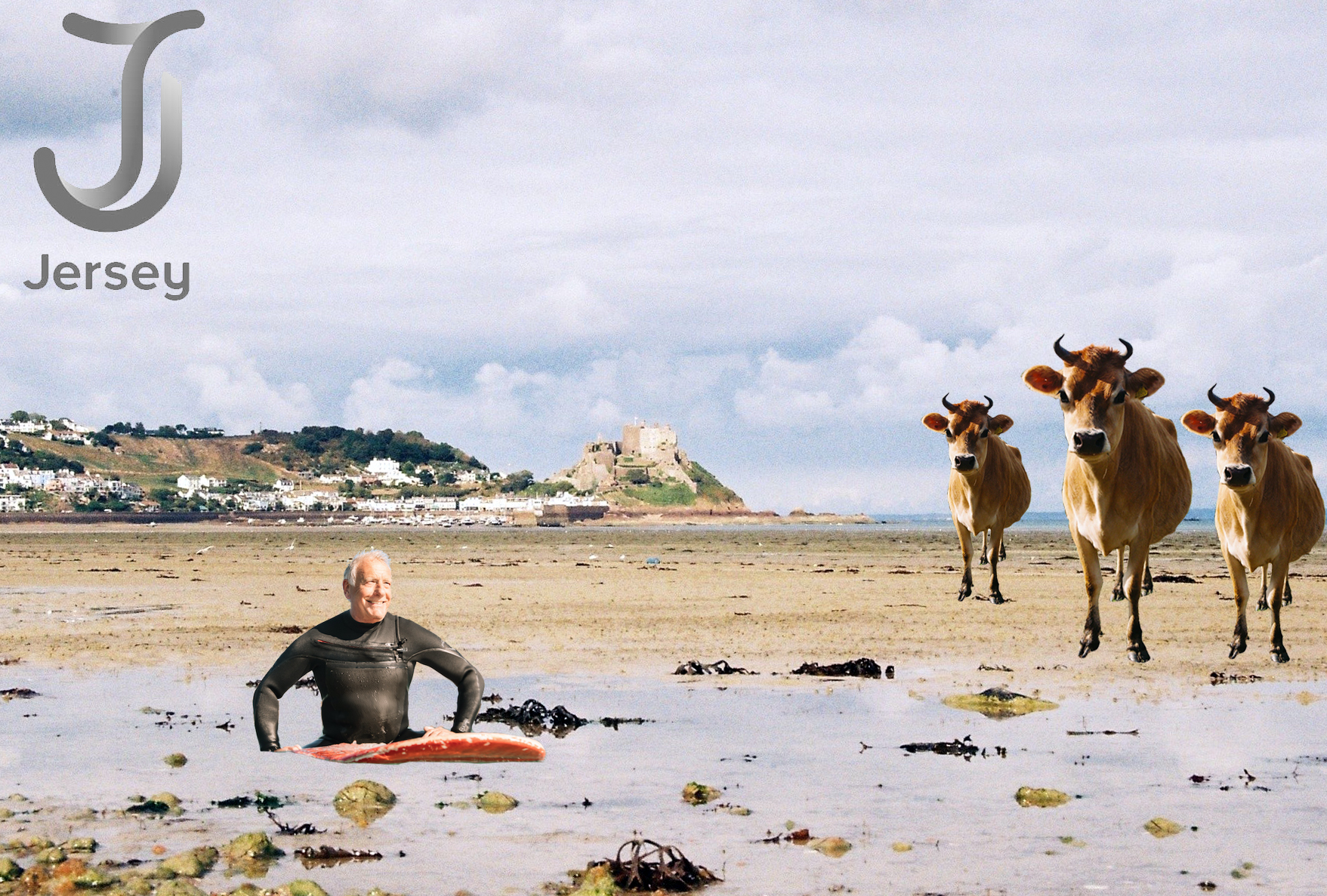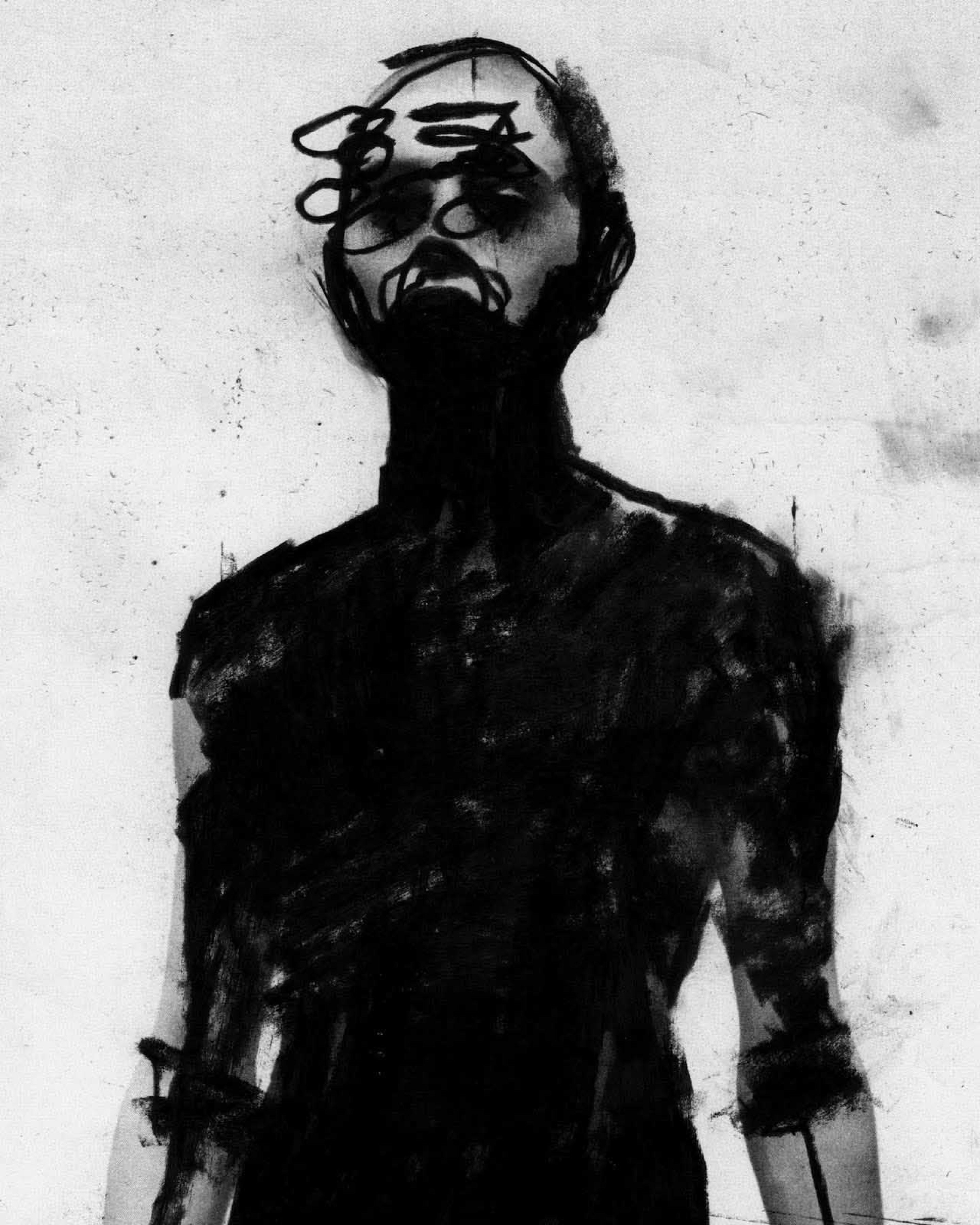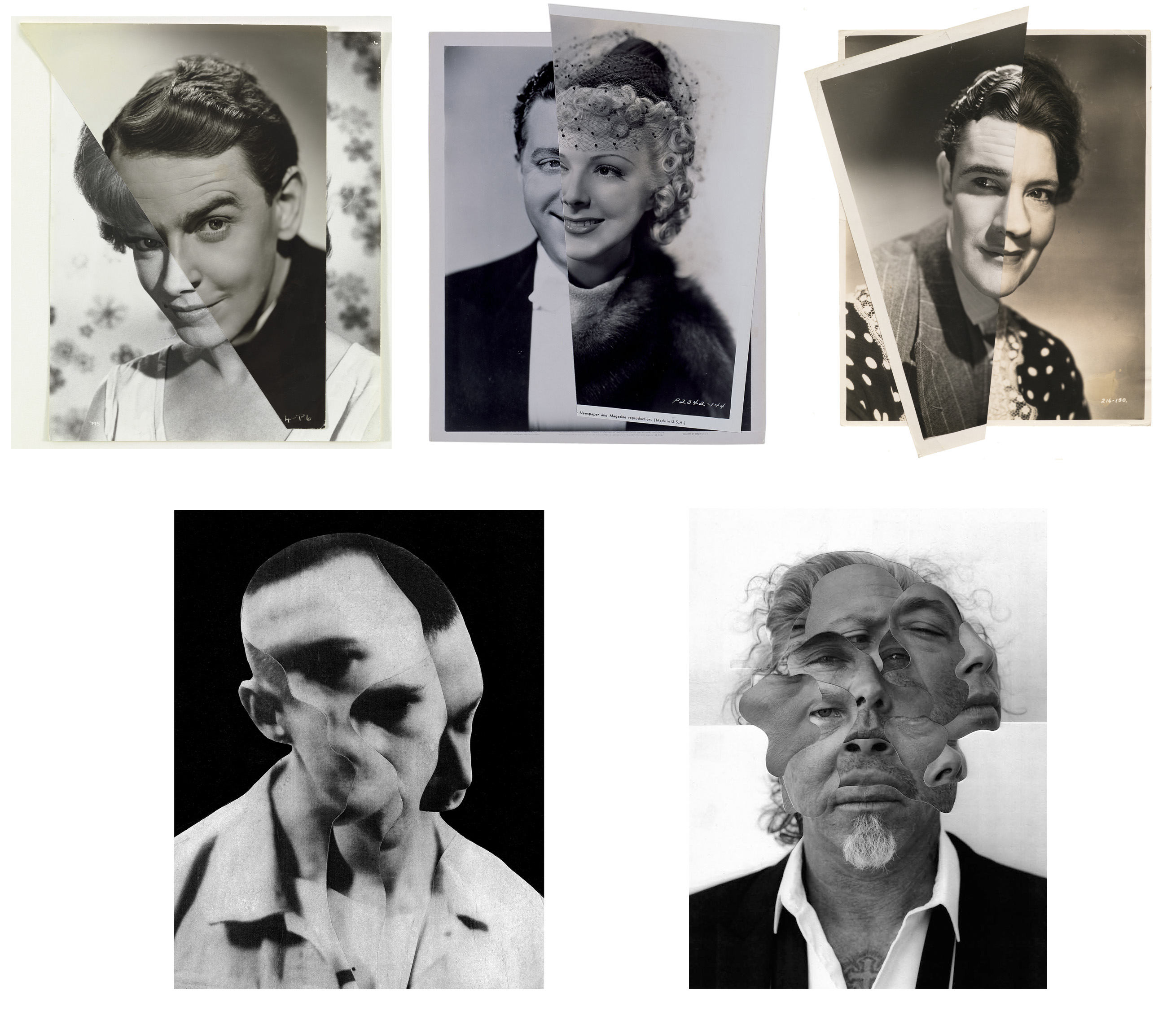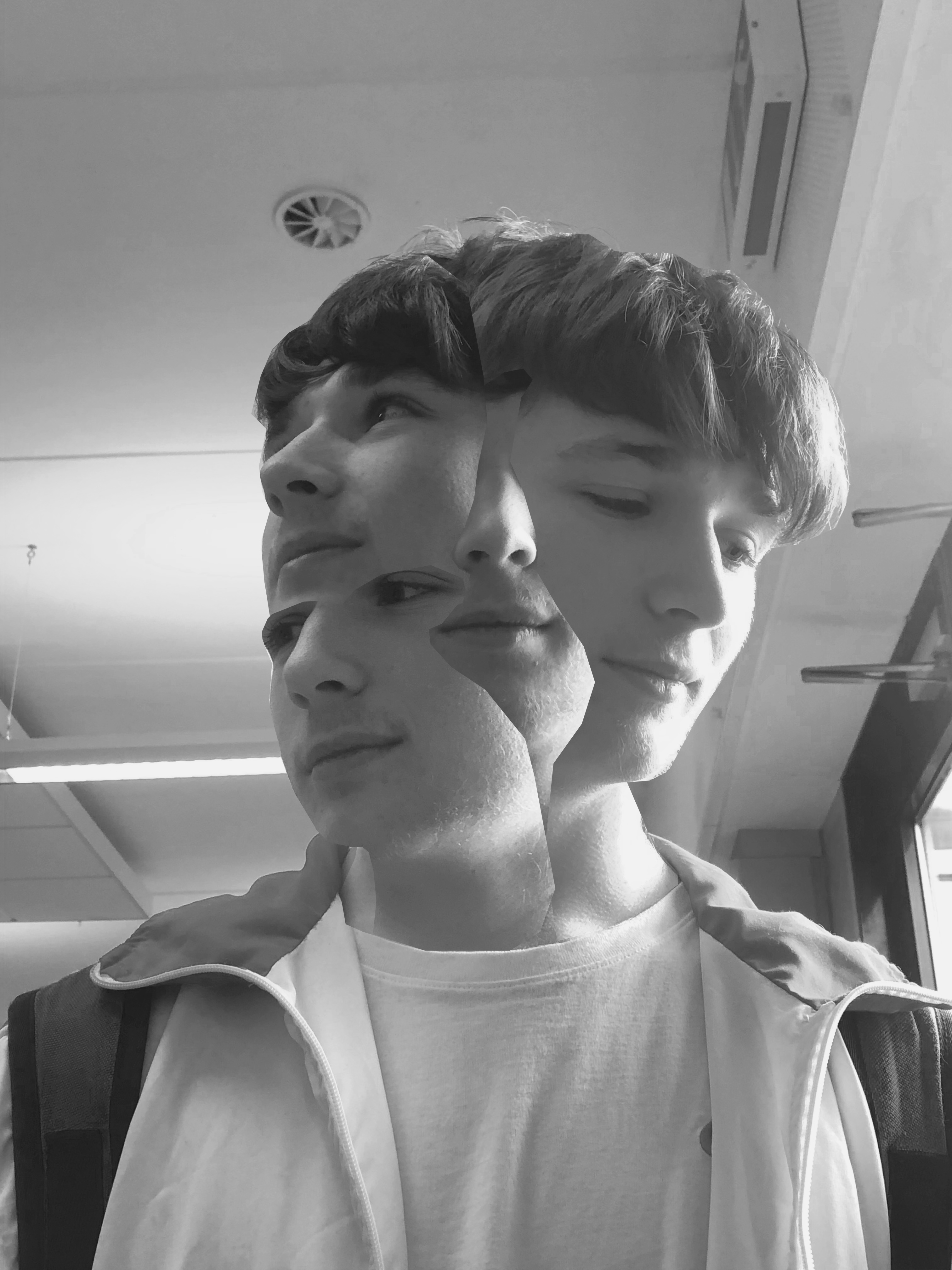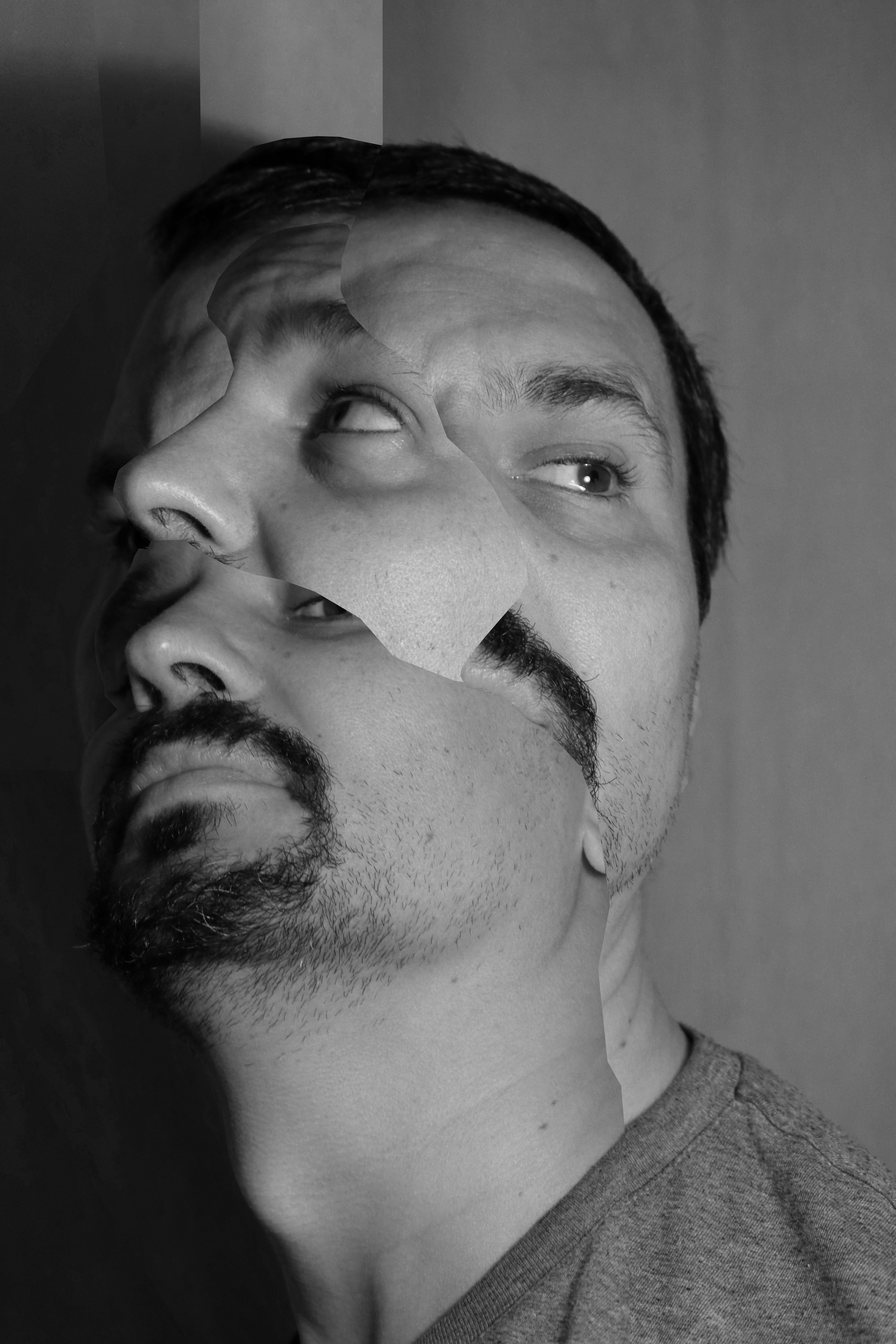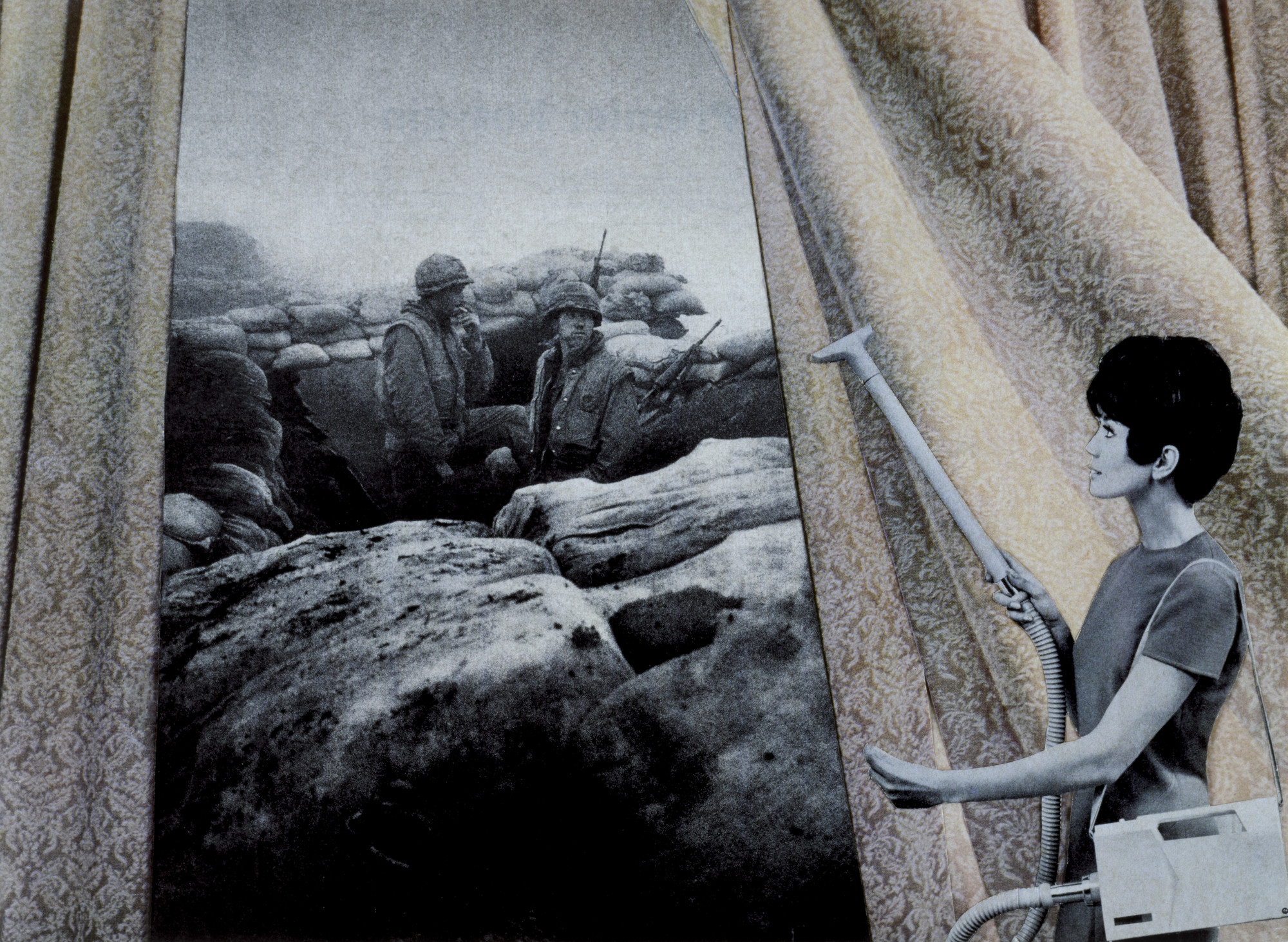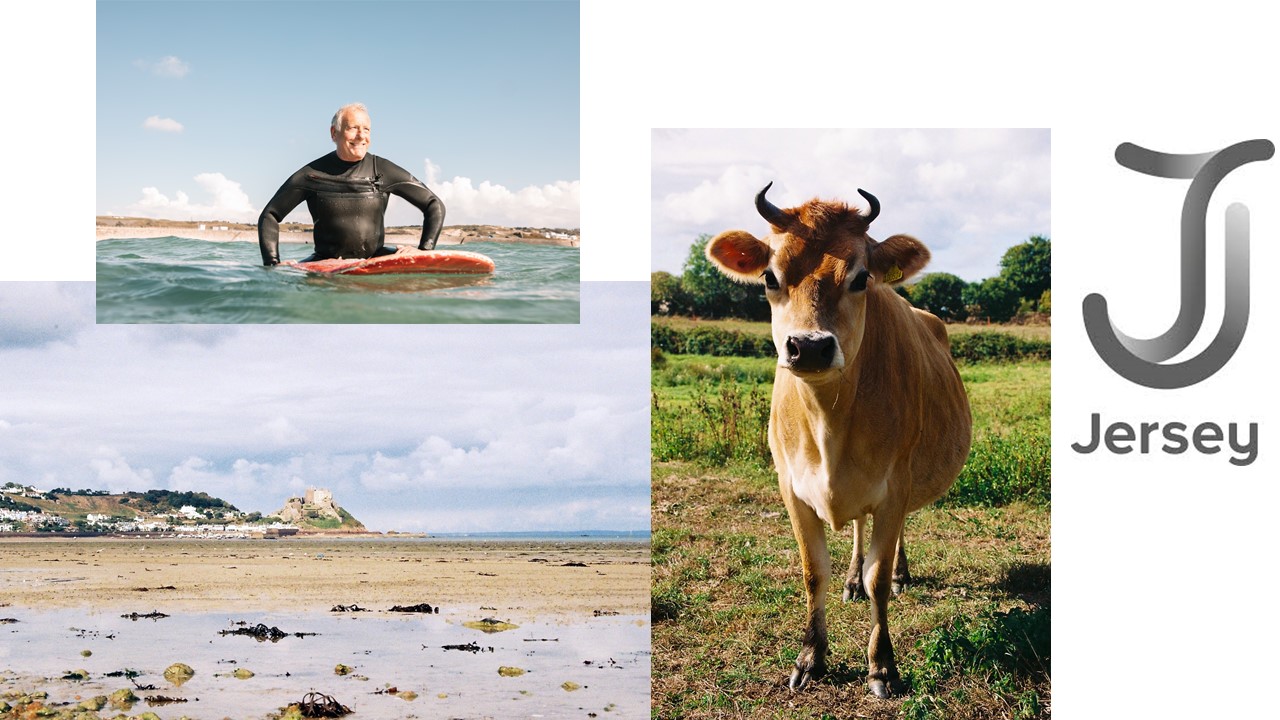Eugenia Loli

Loli was born in Athens and grew up in the Northwest of Greese and lived in a small village in the mountains. While growing up in Greece, she liked to draw a lot, but because of the lack of economic opportunities, she decided to cast aside her aspirations of becoming an artist and decided to go into the tech field. She studied computer programming, which in turn led to a life in blogging, animation, and eventually, film making. Combining the latter two, she filmed a number of music videos for local artists in the Bay Area in 2012. She lived in California Bay Area with her french husband and before this she lived in Surrey, England. Without doing the moving she did, it created visual narratives of objects and people in new and utterly surreal contexts, because without her multifaceted experiences, she might not be the artist she is today.
Her creations..

Analysation picture
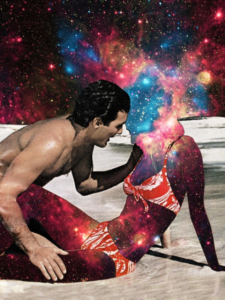
Technical analysis
When looking at this photo montage, we cannot securely tell which type of lighting, lens, shutter speed or white balance that the man in the image has been taken in due to there being no background for us to see if there was natural lighting involved, absent background means we also cannot see if the original image was taken in a short or long depth of field or if the shutter speed was fast or slow.
Visual analysis
When looking at this image, i can see that the picture has been edited with Photoshop due to the very neat editing on the human out shape which couldn’t be done with hand manipulation. We can see that the galaxy background has been edited so that it blends in with the head. The outline of the human is shown to be wearing a bikini and therefore shows that this is a woman and that the original picture could have been taken at a swimming pool/ beach as the man is also shown to have no top on. The subjects have also been shown as located on a moon due to the light grey surface they are lying on.
Conceptual analysis
When visually looking at this image i firstly notice the artificial human who has been shown with a galaxy effect, thus ten draws me in to look in more detail and i noticed that the galaxy on the women head to the background as been blended so that its like the woman and the sky are as one. This suggests to me that the situation the artificial woman is in is ‘out of this world’ and that she feels very happy, so much so that her mind is everywhere which has been shown with her relation to the sky. However, the positioning of the male could also suggest that the main focus is on him and not the woman. The way that the man is leaning into the artificial woman could show that the man thinks she is ‘out of this world’ as the galaxy is outside the world and the image could be what he seed her. Overall this image is very up to debate.
Contextual analysis
After doing thorough research, there was no information on what the image was about. Therefore, Loli left this photo montage u to debate.
John Stezaker

Stezaker was a British conceptual artist who was born in 1949. In his photography he takes a very imaginative look towards human beings and this shows in his work which has known to be described as ‘surreal’. His work aims to re-examines the various relationships to the photographic image: as a documentation of truth, purveyor or memory. In his photo montages, Stezaker appropriates images found in books, magazines and postcards and use them as ‘readymades’. Stezaker adopts the content and contexts of the original images to convey his own meanings. I believe that he has met his artistic aim. This was shown in his Marriage series. In the series, Stezaker focuses on the concept of portraiture, both as art historical genre and public identity. Using publicity shots of classic film stars, Stezaker overlaps famous faces, creating hybrid ‘icons’ that dissociate the familiar to create sensations of the uncanny. Coupling male and female identity into unified characters, Stezaker points to a disjointed harmony, where the reconciliation of difference both complements and detracts from the whole. In his correlated images, personalities (and our idealisations of them) become ancillary and empty, rendered abject through their magnified flaws and struggle for visual dominance.
His creations..

Analysation picture

Technical analysis
When looking at this image, we cannot clearly tell the type of lighting that this image was taken in. However, due to the indoor scenery, this gives us an idea that the original picture was taken in artificial lighting. We can see from the background that the image was taken with a shallow depth of field as the background of the two people is blurred and this was therefore also taken in a quick shutter speed. The picture which has been layered on top is seen to be taken in a wide depth of field, in natural lighting and to have had been taken with a quick shutter speed due to the fully focused, outdoor, fully focused image. Due to the layered image being taken outside, the white balance of this image would have been taken with the ‘outdoor’ setting.
Visual analysis
This image has been edited to be black and white which allows us to see the different tones. We can also see the this image is 3D due to the depth of field and the layered image. I think that the way the top image was layered has been done with a purpose as it cancels out the peoples faces so we cannot see if they are kissing or not. The two walls on the side of the top image seem to represent the two faces on each side, while the gap and the river represent the gap which is under that image. Suggesting that the two people are not kissing.
Conceptual analysis
I think the reasoning for this image being layered on top is because Stezaker wants to cancel out any intimacy between the two people, and doing so he has used the river and rocks to show their separation. This could suggest he has recently gone through a separation with a partner and he is showing this through this image. This image is very up to debate and has a lot of different concepts.
Contextual analysis
After researching about this image, i came to a dead end and Stezaker didn’t publicize anything about this image. He has therefore left this image up to debate.
